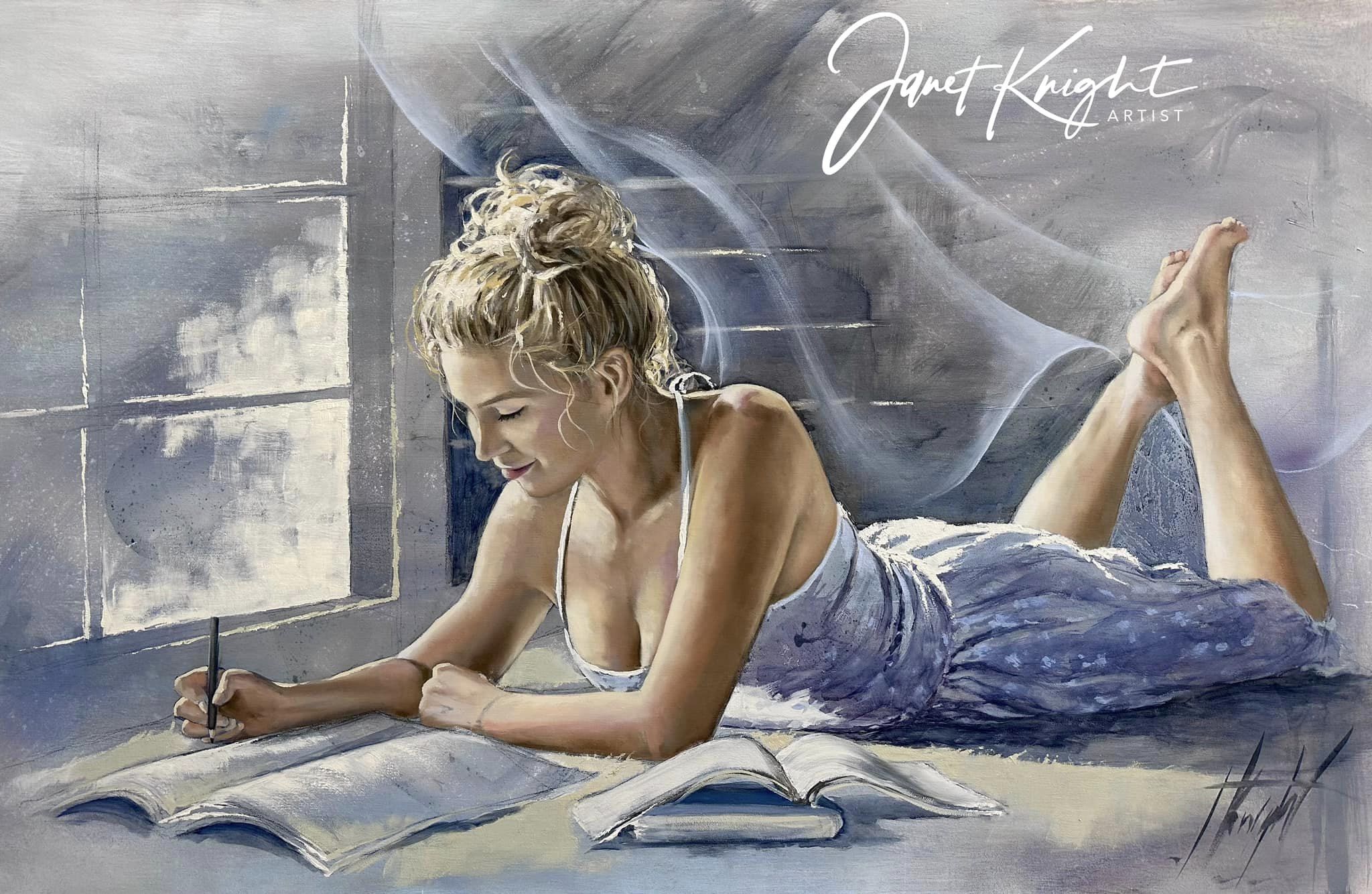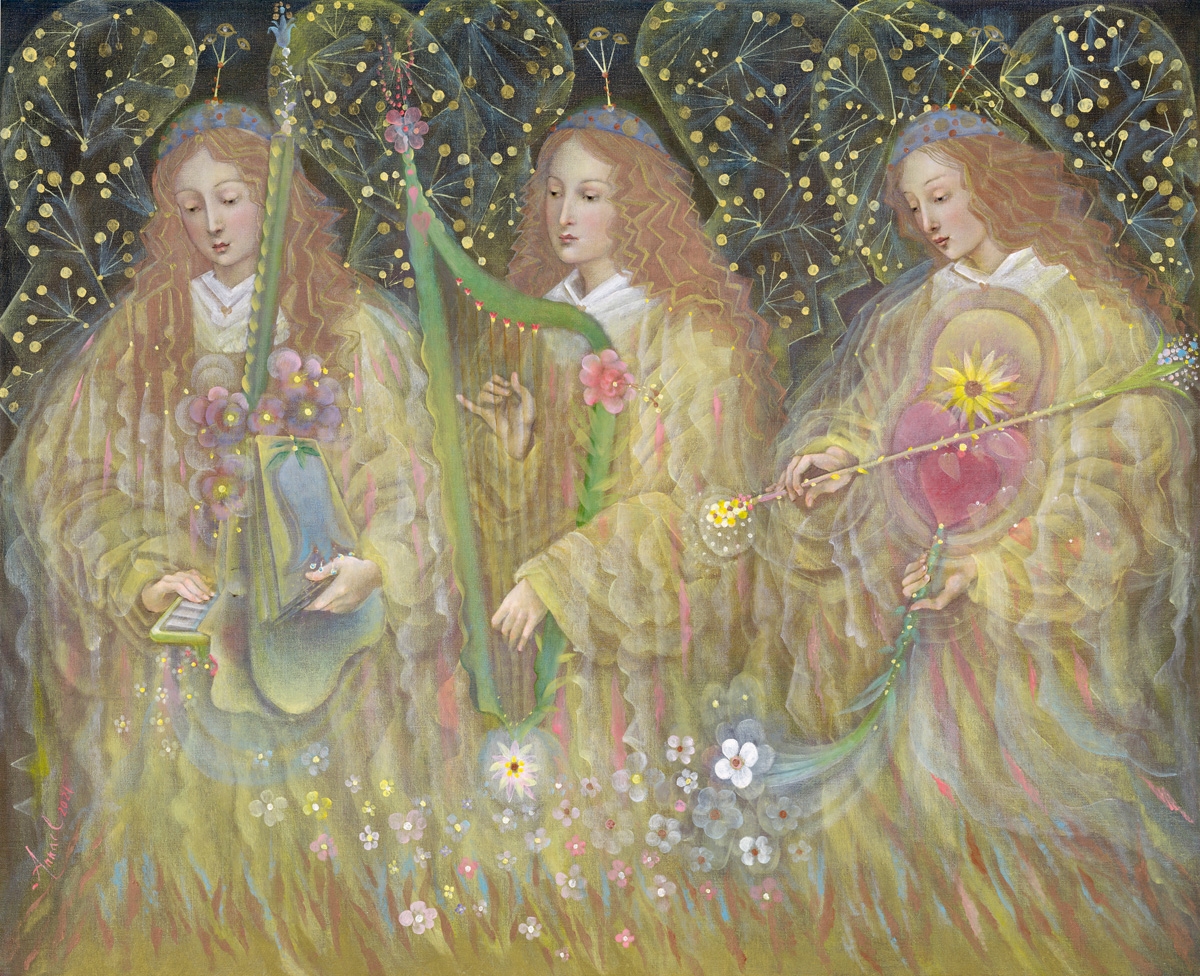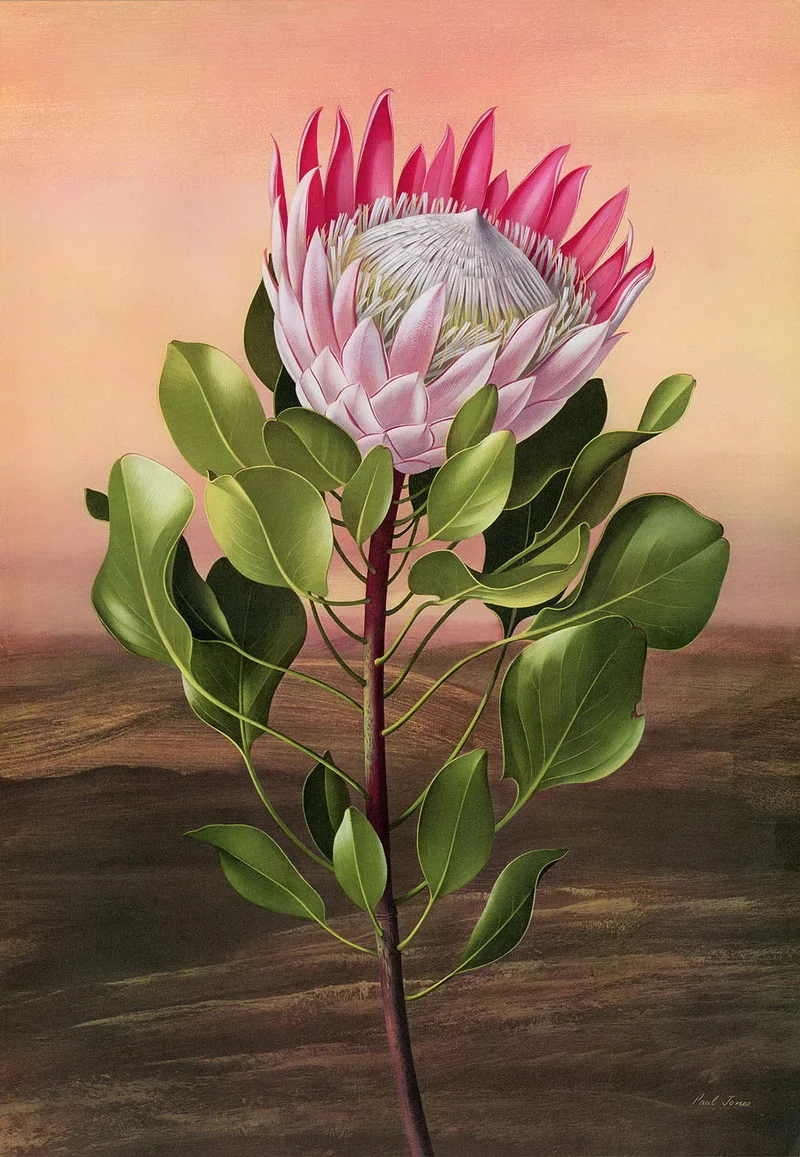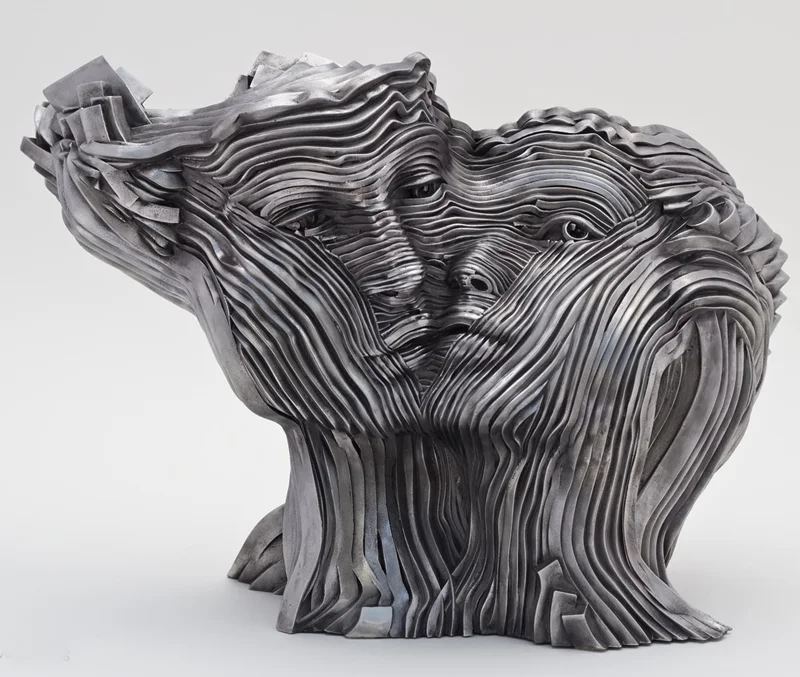Born in London, James Guppy has moved to Australia since 1982 and lives in Byron Bay. He has a BA (Hons) in Economics and a Masters in Visual Arts from the UK.
- "When we think of European art, one of the first images that comes to mind is of a richly coloured and modelled oil painting - a portrait, landscape or still life. The illusion in this painting is so real that we feel a heightened sense of the material world: the work seems to be a window into another space.
Throughout my career I have been asking myself whether this heritage has any relevance now. Since the development of photography, the role of figurative painting in portraiture and as social chronicle has all but died and the craft of illusionary painting has become largely relegated to the backwaters of romantic nostalgia and reactionary historicism".
- "Painting in general will clearly continue; but have the figurative traditions of illusionism been technologically outflanked by photography, film and computer generated imagery? Frankly, I don't know and I sometimes wonder at the quixotic nature of my need to find a contemporary relevance for these pre-modernist styles of depiction.
My paintings are all in acrylic. I love oils but the facility I gained as a mural artist working with fast drying paints means I can get the same effects as oils quicker, without worrying about the more complex chemistry of oils. I also get a sort of perverse pleasure creating paintings that can look like they were painted in one medium when in fact they were painted in another.
I use different strategies to develop the subject matter for each series of works. I begin with a point of fascination and the scent of an idea".
- "This period of tracking down the vision may take weeks or years. I will return to themes from years ago if I think I might have something more to add or a new take on it. There is then a slow stumbling towards the form and how the idea or vision might be made to work successfully.
Some works begin with thumbnail sketchs of inner visions and ideas with no models in the outside world (ie. It's all "made up"). As often as not, I am a merciless appropriator, constructing my paintings from details taken from old photos, old masterpieces, flower catalogues, magazines etc.
Some works require the use of models either in conjunction with appropriated material or on their own. In these cases I will either photograph or work from life, whichever is appropriate".
- "The actual execution of a painting begins with a fairly clear vision. At any one time my studio walls are covered with many canvases in varying stages of completion.
When I get "stuck" on a work, I either begin a new one or return to a piece in progress on the wall. I usually have about twenty canvases in various stages of completion. I get "stuck" a lot.
Quite a few works "in progress" will actually end up permanently unresolved waiting in the reject pile till I can reuse the canvas.
The actual execution begins by covering the white gesso with a coloured ground. This might be anything from black, burnt sienna, terra verte or scarlet. I then carefully grid up my design and transpose it to the canvas using white conte.
The first coat of acrylic is applied thick with no water. Subsequent layers are more and more diluted and the brushes tend to get smaller and more delicate as I progress. I usually varnish with two coats of dilute acrylic medium and a final coat of Paraloid varnish.
Paintings are rarely "finished" rather it's the case that I give up and hope that I can resolve the next one a little better. The work then is declared "finished" often by my deliberate signing of it. This stops dead any tendency I might have to continue toying with the piece".
Nato a Londra, James Guppy si è trasferito in Australia dal 1982 e vive a Byron Bay.
Per i primi quindici anni della sua carriera Guppy è stato un artista murale per puoi convertirsi alla tela, poiché gli piaceva trovare le sue opere per le strade.
Nel corso della sua carriera, l'argomento di Guppy è variato da momenti
surreali, scene di tensione, esplosioni fluttuanti, donne formidabili ed esseri antropomorfi, tutti eseguiti con un approccio raffinato e intelligente, che appaiono sia drammatici che realistici.
Una parte del fascino delle opere di Guppy risiede nella sua capacità di trasmettere l'impossibilità tangibile, sia che si tratti di cercare di rappresentare la fluidità della sessualità creando generi alternativi (1998); produrre immagini di lavoratori che inchiodano alla sabbia il bordo dell'oceano (2002); o ritrarre uomini in giacca e cravatta che navigano in oceani ruggenti, paesaggi pastorali, paesaggi apocalittici e nuvole cariche di suspense, pur rimanendo disconnessi dal mondo che li circonda mentre svolgono i loro "affari" (2014-2015).































.jpg)
.jpg)






.jpg)
.jpg)






.jpg)
.jpg)



